The Deadliest Spiders in the World
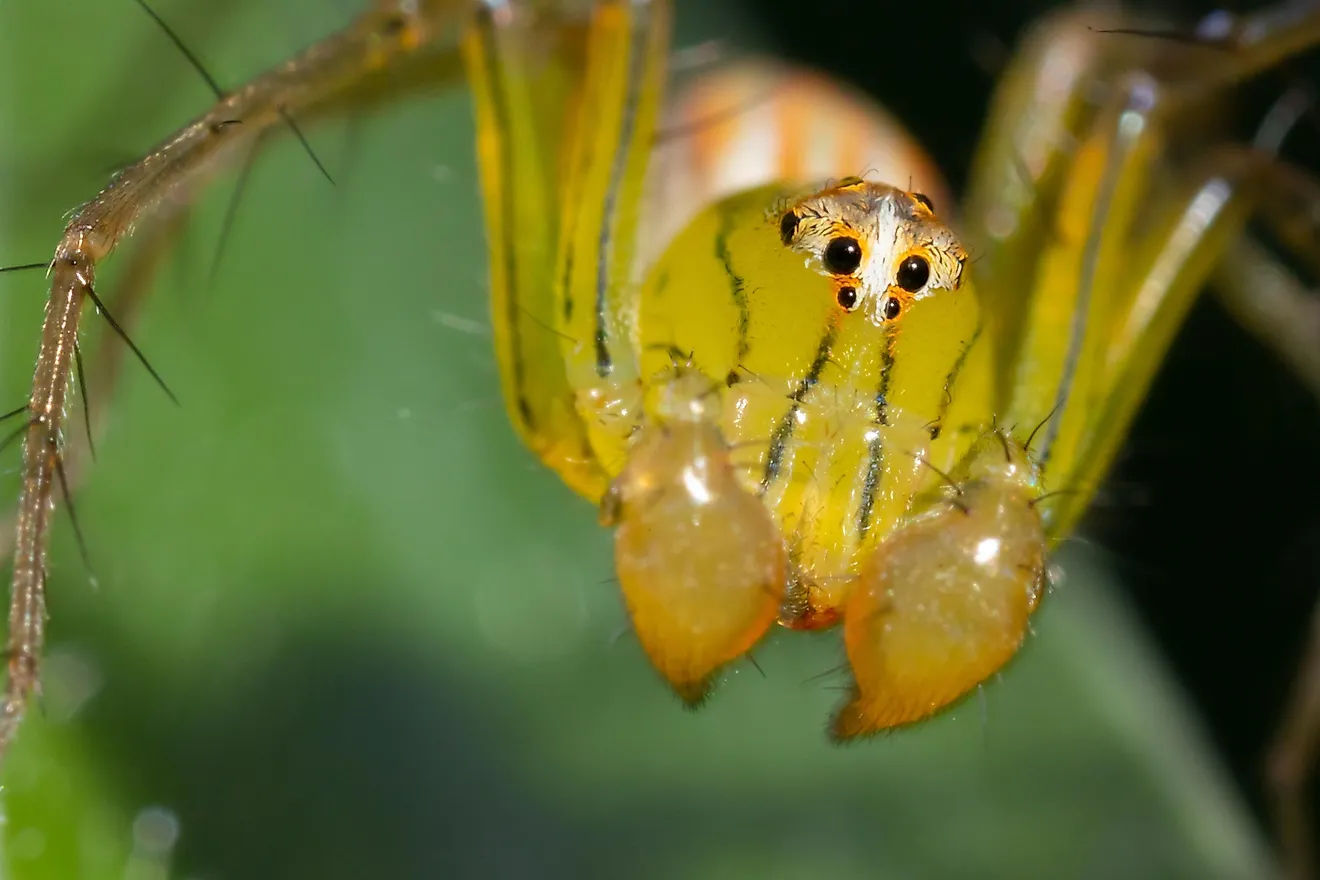
Nature has designed every creature in a manner that each creature is able to defend oneself against one’s enemies by some means or other. While some animals are equipped with claws and sharp teeth as defensive mechanisms others rely on giant size or sheer muscular power. The mechanisms of defense are varied and unique and one of the most feared ones by man are their venom. Snakes, frogs, spiders, lizards and a variety of animals are known to produce venom, some of which, in the right dose, are sufficient to kill an adult human within seconds or hours. Several species of venomous spiders are known and man’s fear of these creepy-crawly creatures of nature is quite evident from the fact that a separate class of phobias, Arachnophobia, is used to designate the intense fear of some individuals of the spiders of the world. The list below mentions some of the most venomous spiders in the world.
Black Widow
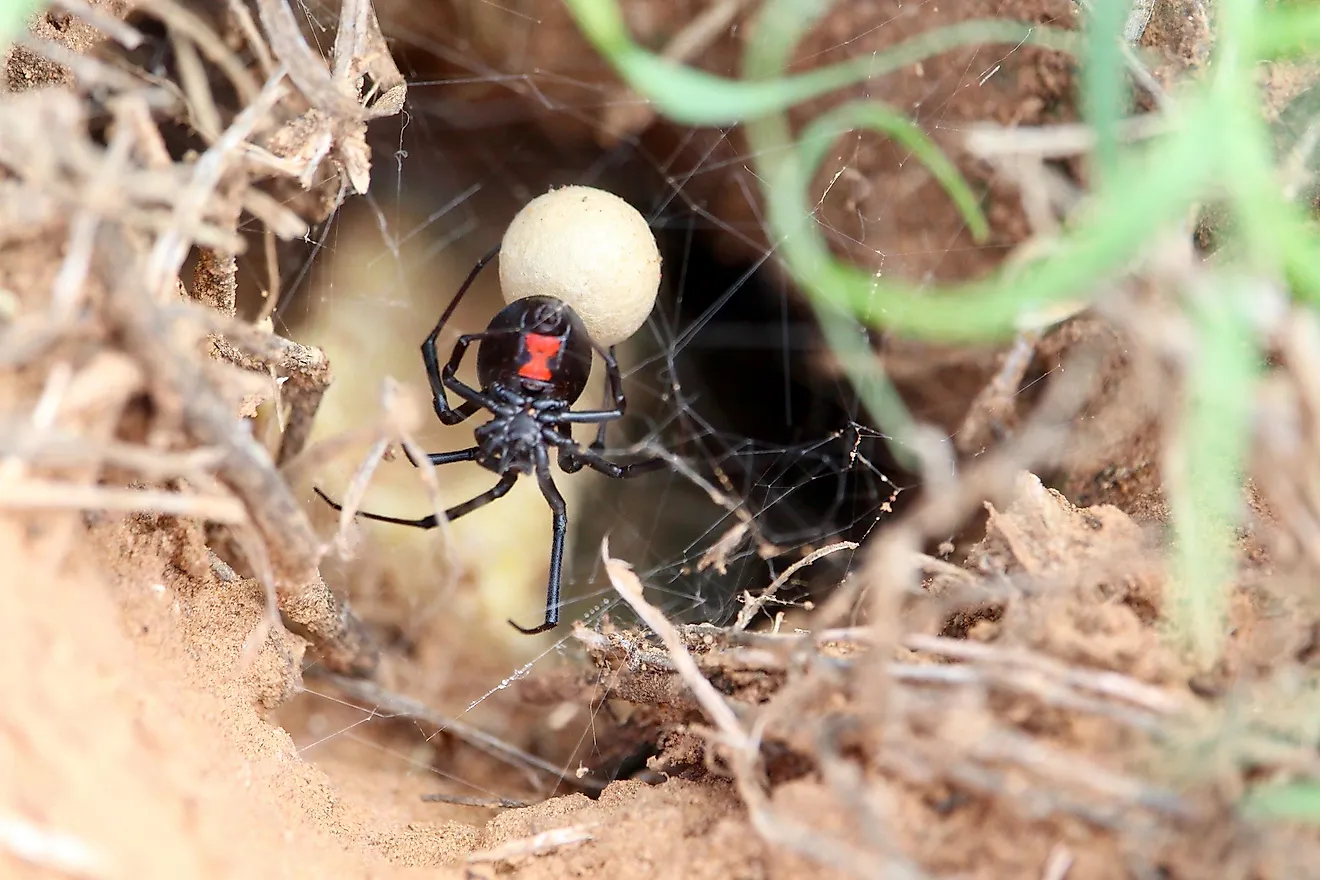
Black widow (Latrodectus sp) spiders are easily distinguishable by the vibrant hourglass feature on their abdomen. These spiders are known for their highly potent venom, known to be 15 times stronger than that of a rattlesnake, and has the power to kill a human child or an elderly human adult. In healthy human adults, however, contrary to the popular belief, the venom of black widow spiders usually triggers the symptoms of nausea, diaphragm paralysis or muscle aches but death is rare. The spiders also do not bite unless they feel threatened. The insect preys of these spiders are the usual victims of their venom. Besides this fact, female spiders are also known to kill and devour the males soon after mating, a macabre ritual that gave the spiders their name of black widow.
Brown Recluse
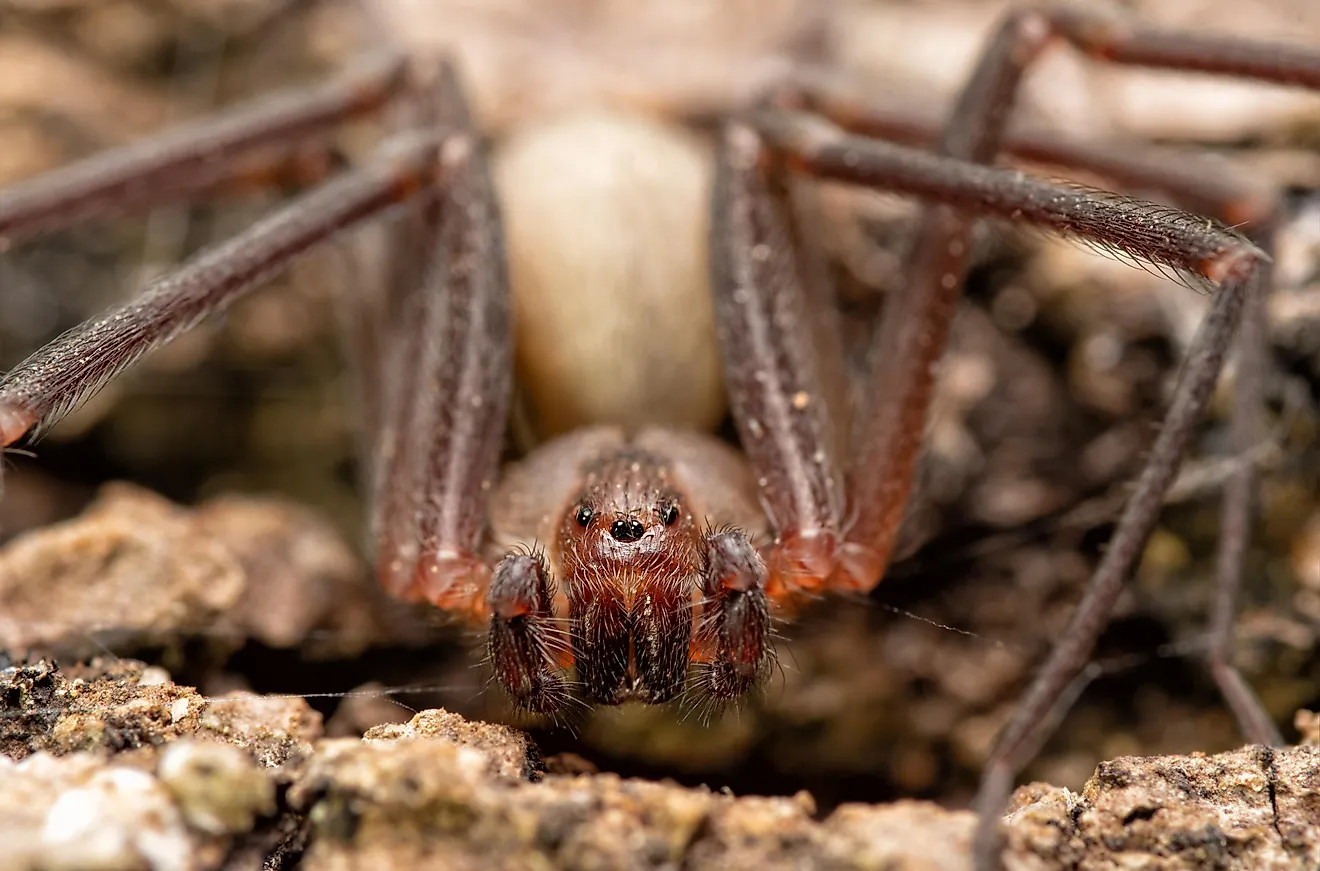
Brown recluse (Loxosceles reclusa) spiders are poisonous spiders living in North America that produce a hemotoxic (causing liver damage) venom with a necrotic (organ killing) action. The spiders usually are not known to bite till they are threatened. The symptoms of brown recluse bites ranges from no symptoms to mild necrotic symptoms in the bitten area to high rates of necrosis leaving behind deep scars on the area.
Brown Widows
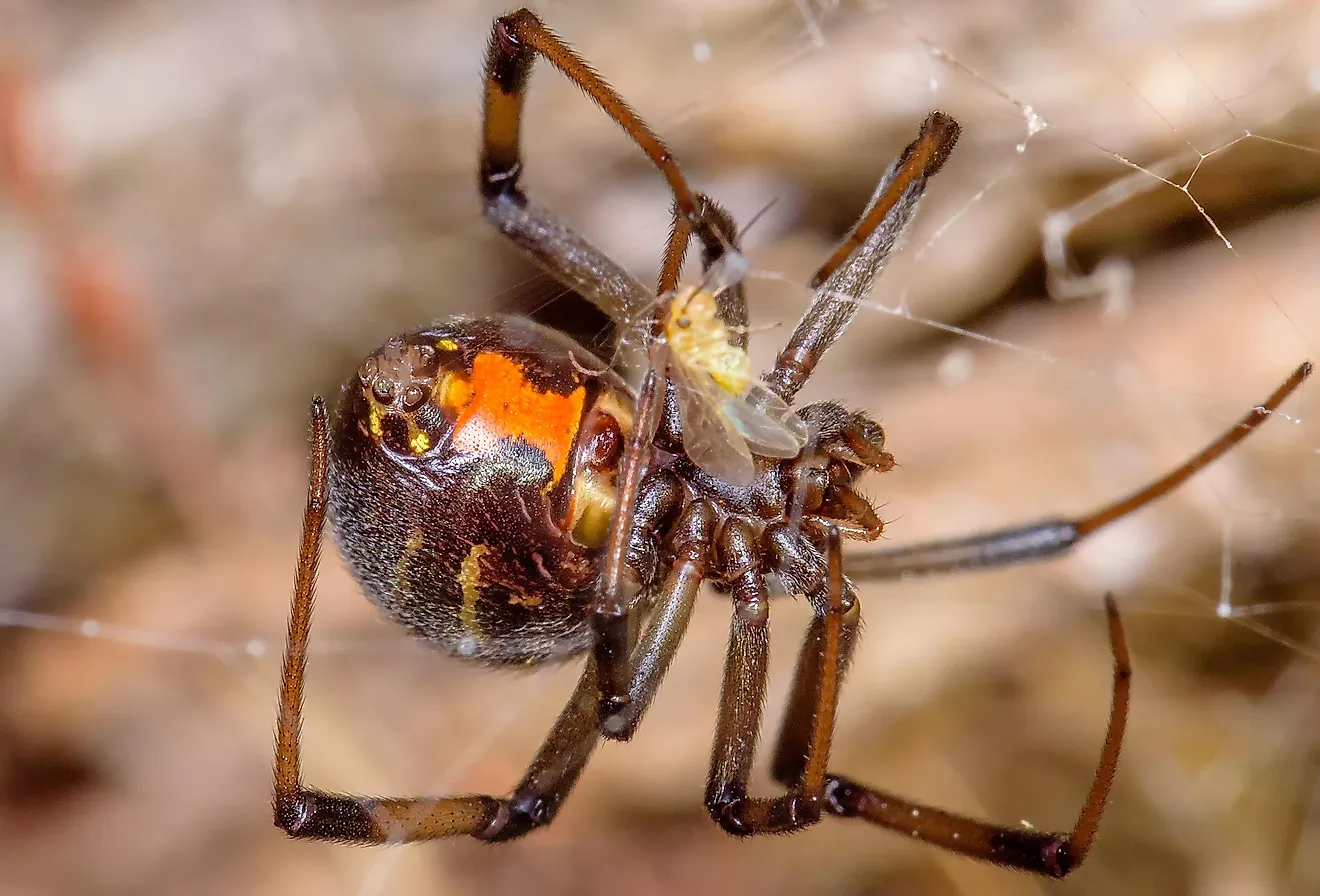
Brown widow (Latrodectus geometricus) spiders are the relatives of the infamous black widows. Though they are known to produce a neurotoxic (damaging to the nervous system) venom that is almost as equally toxic as the black widow, the brown widow cannot deliver sufficient venom to a human to kill the person and the effects of the brown widow venom are also more localized in nature.
Redback Spiders
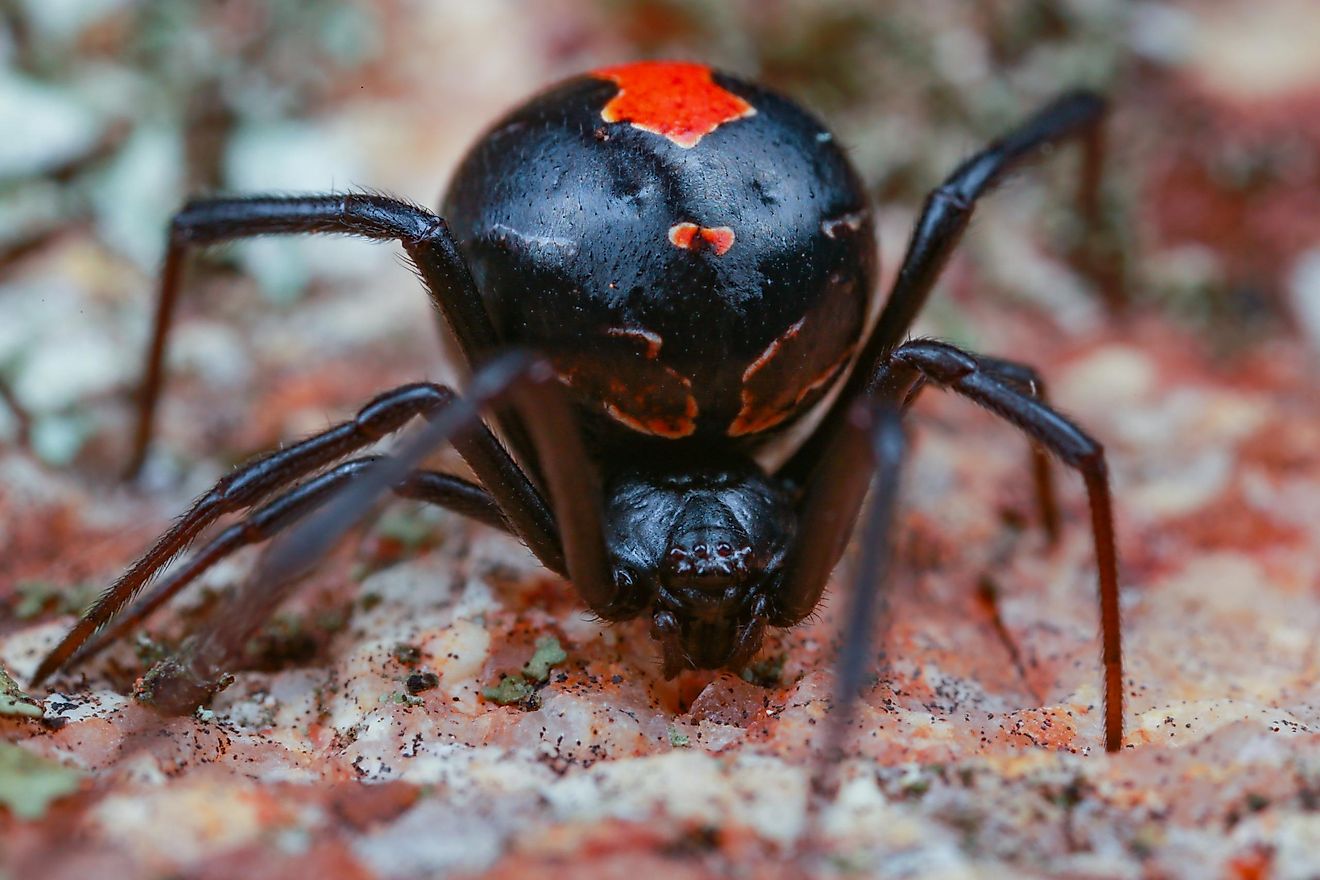
Redback spiders (Latrodectus hasselti) are found throughout Australia where they inhabit not only forest habitats but also urban areas where insect sources are plenty. Most of the spider bite reported cases in the country are associated with bites by redback spiders. Though these spiders produce a venomous cocktail of toxins, only one, the alpha-latrotoxin, is highly toxic to humans and other vertebrates. The spiders only bite when disturbed or threatened. If venom enters the human body from the spider bite, it might trigger a range of symptoms depending on the venom dose. Symptoms include mild to intense pain, nausea, abdominal cramps, chest pain, breathing difficulties, and increased blood pressure. Human deaths from redback spider bites are however, not known to occur.Redback spiders belong to the Family Theridiidae, which is found worldwide. The notorious Black Widow Spider (Latrodectus sp) of the United States is a close relative of the Redback Spider, and only differs in appearance is the red dorsal stripe.
Red Widows
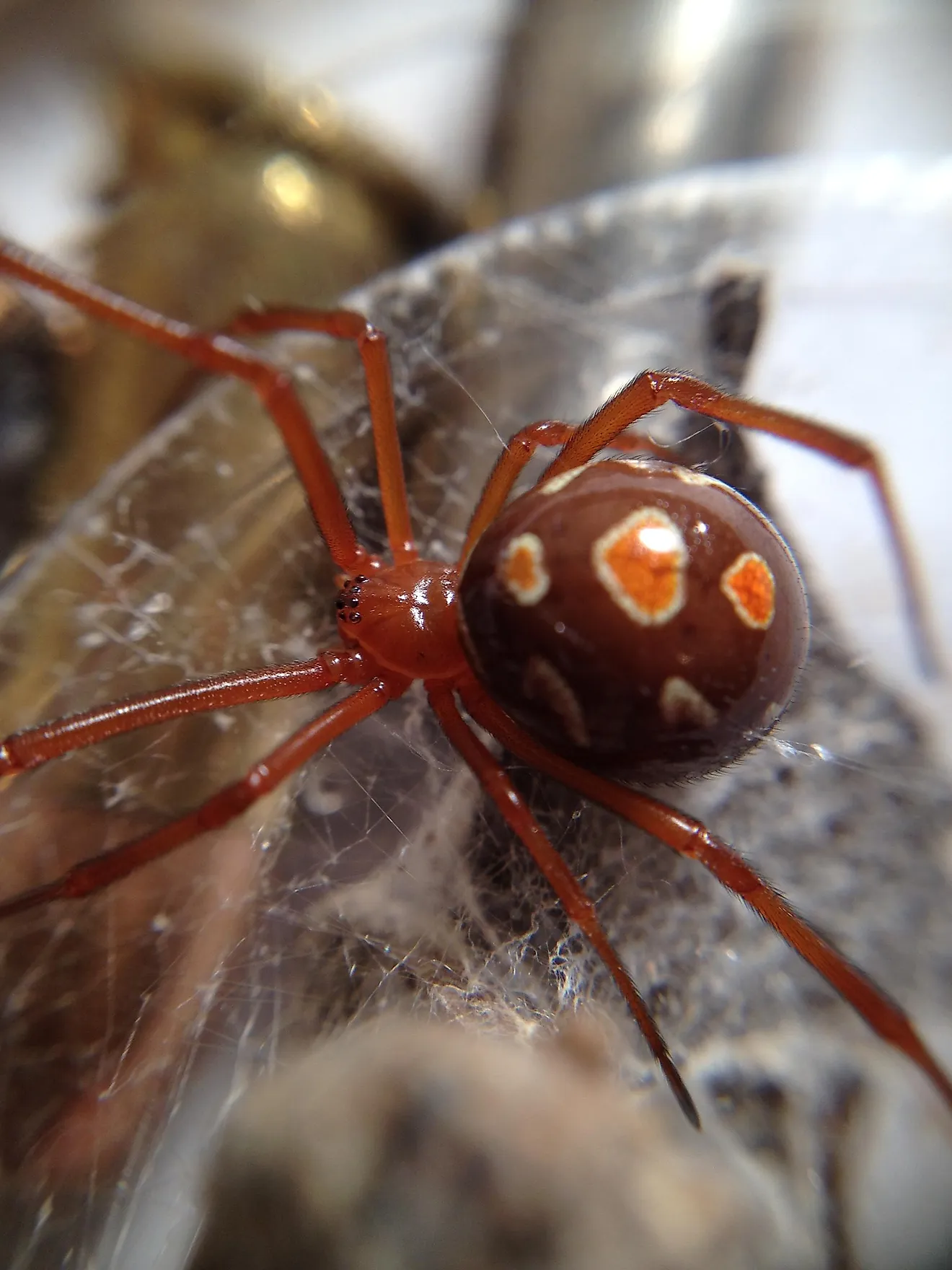
The red widow (Latrodectus bishopi) spiders are endemic to southern and central parts of Florida state of United States where these spiders inhabit the sand dunes of the region. Though the venom of these spiders is known to be as potent as those of its relatives, the black and brown widow spiders, there are no records of human deaths triggered by these spiders.
Wolf Spiders
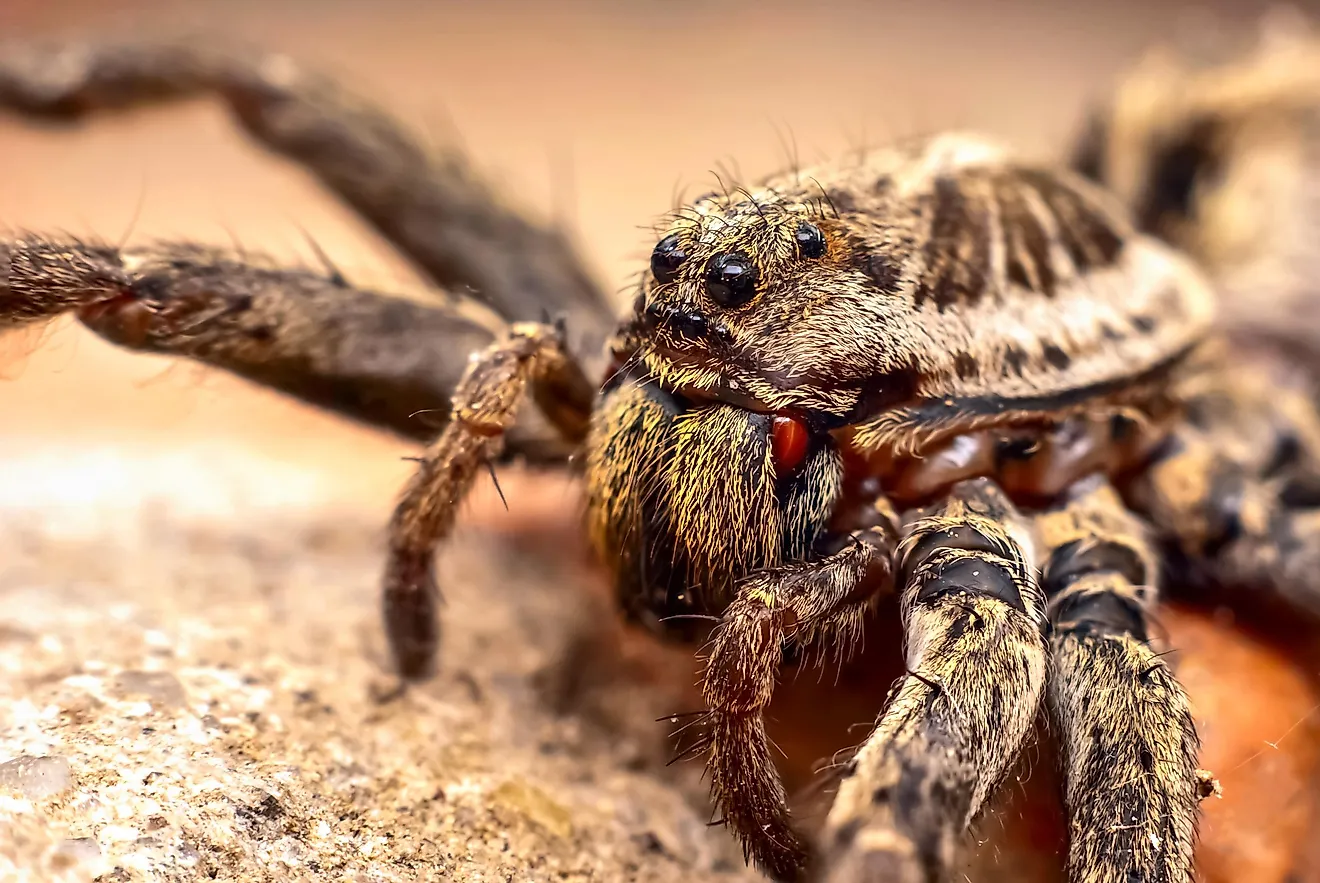
Wolf spiders (Lycosidae) have a widespread distribution in the world and are associated with venom capable of delivering a painful bite that is, however, usually not fatal to humans. The symptoms of envenomation usually involve mild pain, inflammation, and itching while necrosis of tissue in the bite area occasionally occurs. The wolf spiders are usually non-aggressive in nature and do not bite unless repeatedly threatened.
Yellow Sac Spiders
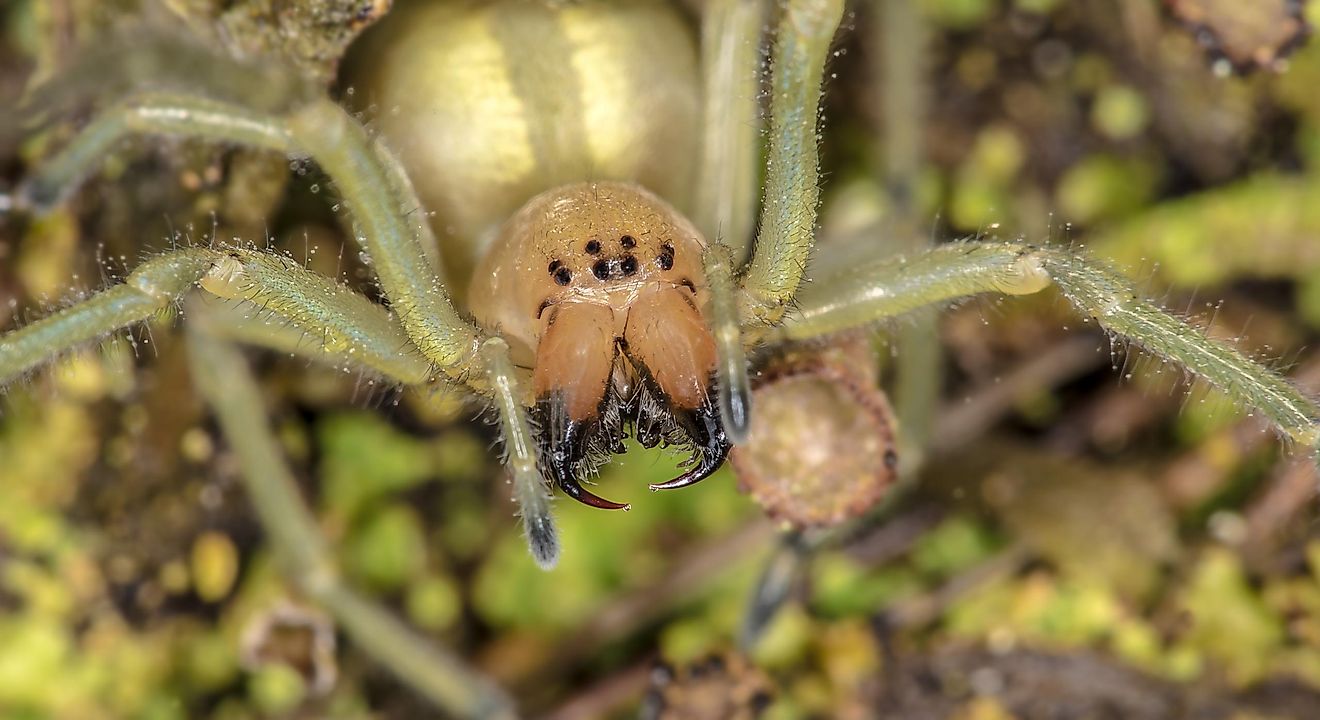
Yellow sac spiders (Cheiracanthium) are found from Europe to Japan and from southern parts of Africa to Australia while only a single species is found to live in the Americas. The spiders are capable of delivering a sufficient volume of necrotic poison to produce lesions in the victims that are quite painful. There is also a chance of acquiring infections at the site of the lesion and seeking expert medical care is thus advised after a yellow sac spider bite.
Funnel-Web Tarantulas
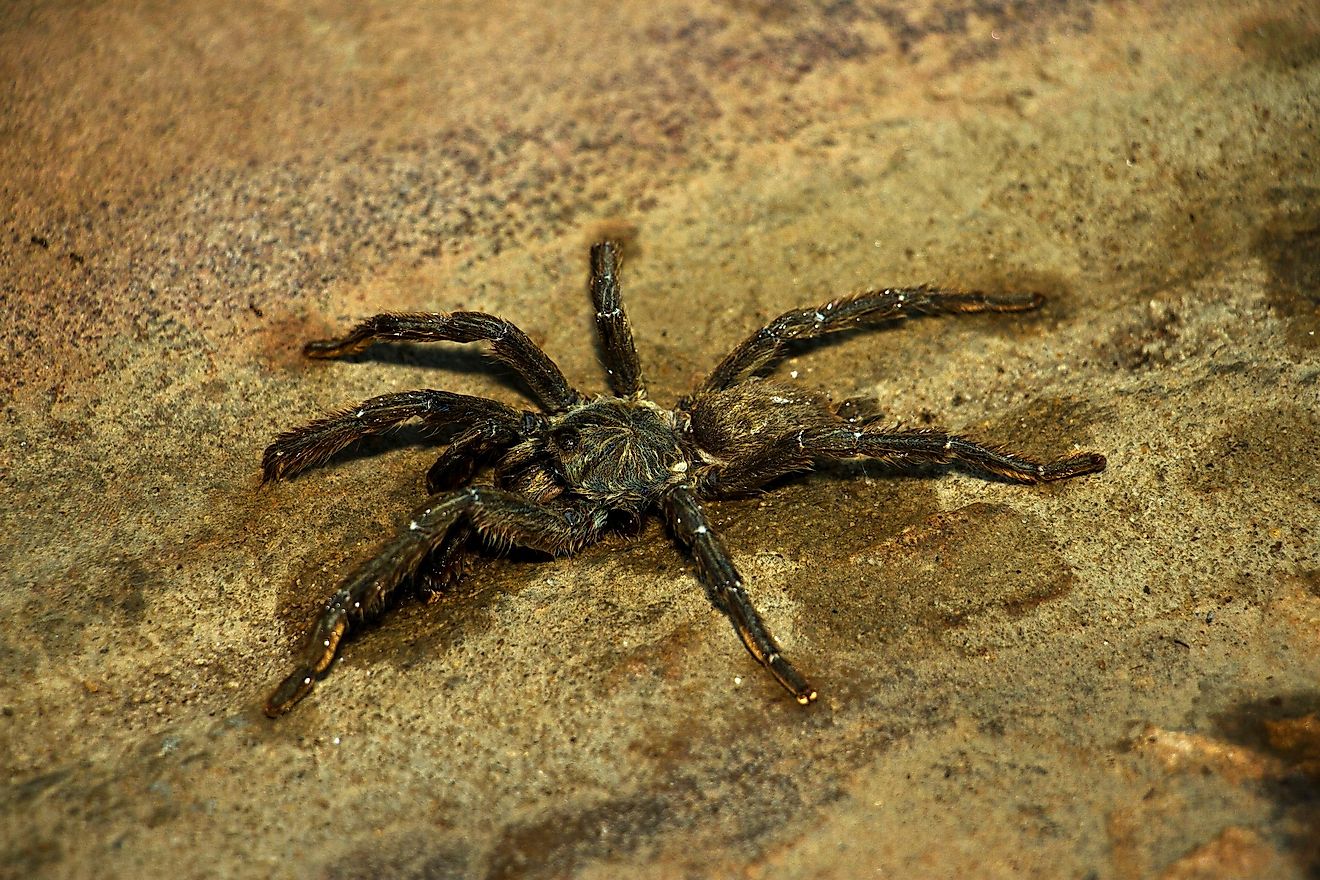
Funnel web tarantulas (Atrax robustus) are called so because of the ability of these spiders to spin a funnel-shaped web. These spiders are also much feared for their venomous nature, especially the members of the Atrax genus in Australia which is believed to produce a toxin that is potent enough to kill human beings. Several cases of human deaths related to these tarantulas have been reported in Australia since the 1920s.
Brazilian Wandering Spider
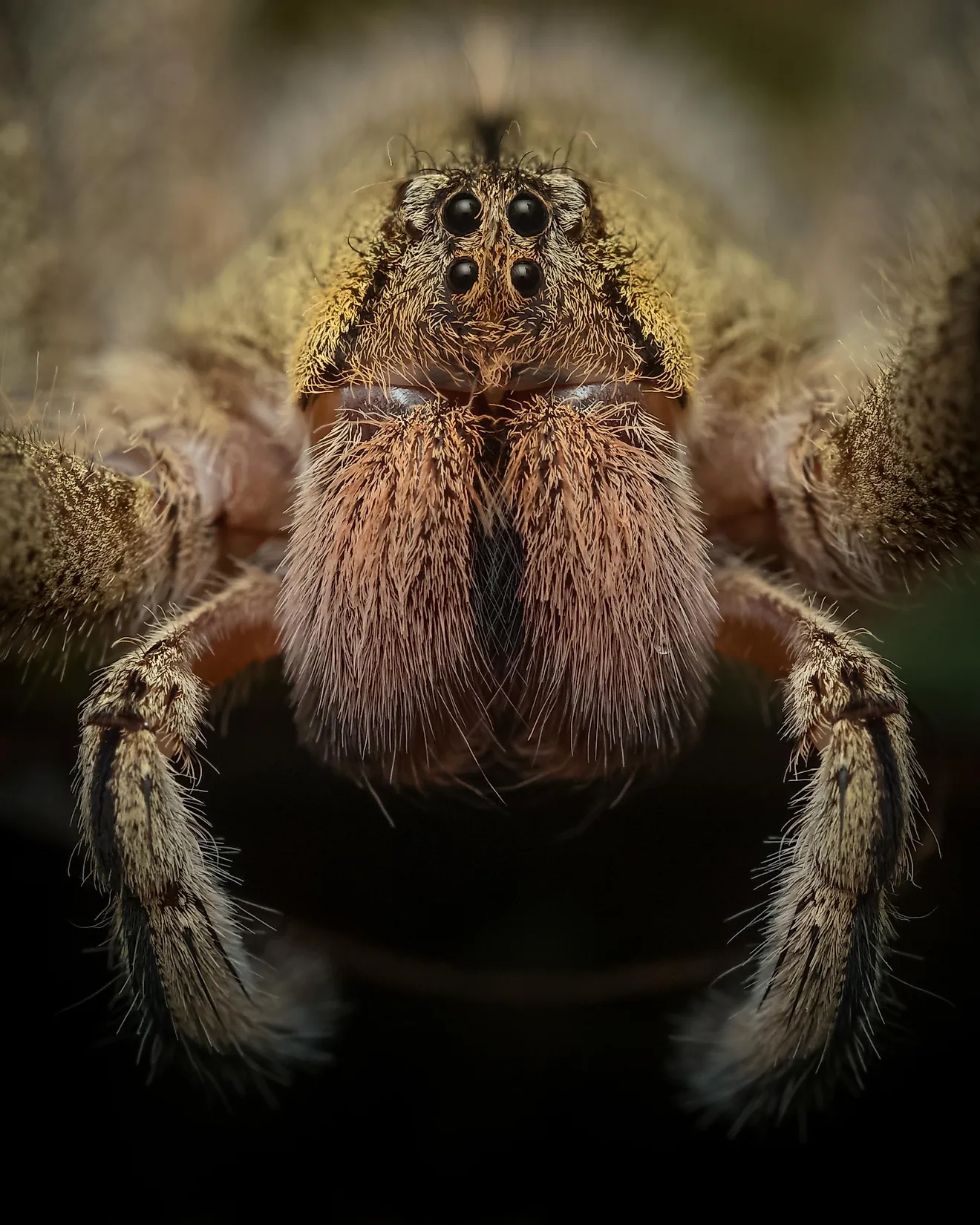
Brazilian wandering spiders (Phoneutria fera) are the residents of the tropical forests of Central and South America. The venom produced by these spiders is a potent neurotoxin which triggers symptoms of muscle paralysis, breathing problems and intense pain and inflammation in the victims of spider bite. In addition to these symptoms, human victims might also experience priapism which could lead to future impotence. Though the spiders’ mouth parts are not designed to envenomate humans with sufficient toxin to kill an adult human being, death cannot be completely ruled out. The wandering nature of these spiders and their tendency to hide within homes and human belongings often makes humans highly susceptible to bites by the Brazilian wandering spider.











